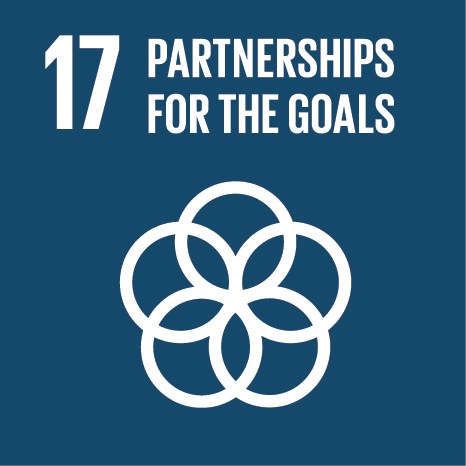Ciência_Iscte
Publications
Publication Detailed Description
Transforming places of learning: Centre for Technology Transfer and Value Creation -
Journal/Book/Other Title
New European Bauhaus: Transforming places of learning
Year (definitive publication)
2022
Language
English
Country
Belgium
More Information
Web of Science®
This publication is not indexed in Web of Science®
Scopus
This publication is not indexed in Scopus
Google Scholar
This publication is not indexed in Overton
Abstract
The preservation, expansion and enhancement of the built heritage of Iscte - Instituto Universitário de Lisboa
establishes decisive elements of its future development strategy. This mission implies the rehabilitation of
existing buildings in order to contribute to: i) the (re)enhancement of community life, articulated with the
characteristics of an operating program adapted to the new demands and dynamics of the university
teaching and research; ii) the sustainability of this heritage, not only environmental, but also social and
economic; and iii) inclusiveness, fostering transdisciplinary dialogue and progressive involvement in the
dynamic fabric of the community understood in a comprehensive sense.
The (re)construction and expansion of a set of buildings, dating from the 60s and 70s, of the last century,
located on and opening onto a central avenue in Lisbon. The future Centre for Technology Transfer and
Value Creation - "Iscte, Knowledge and Innovation" is prepared to receive all the research centres of the
University, as well as its offer of advanced training.
Here the adopted orientation and strategy were translated into the rehabilitation of existing buildings, making
it possible to reuse 40% of the existing materials (foundation, structure, floor slabs and masonry of the
original buildings). The rehabilitation and reconstruction of this complex cumulatively implies: (i) the
structural seismic reinforcement and the addition of a new floor; (ii) the reconfiguration of the existing
accesses; (iii) the capture of natural light enabling the enjoyment of less artificial spaces; (iv) the construction
of a qualified urban park open to the city and (v) the exterior cladding of these volumes in solid ceramic
brick, which prolongs in time the useful life of their exterior walling and simultaneously evokes the long time
of life in cities.
It was sought i) to choose materials and construction systems that guarantee the greatest durability; ii) to
adopt the quality of flexibility in the design of the spaces, thinking about their capacity of adaptation over
time; iii) to encourage a living and sense of community in qualified spaces, stimulating the social cohesion of
the Iscte community; iv) to create landscaped outdoor spaces, acting as elements of water and pollutant gas
retention, enhancing biological diversity and offering the community a safe and healthy environment for
circulation or leisure v) promote energy efficiency, taking into account the rationalization of construction
materials, the rationalization of the use of primary resources through a centralized technical management
system, the adoption of active and passive solar technologies and the use, treatment and reuse of water
resources; and finally, vi) promote the integration of the Institution in the dynamic fabric in which it is
inserted, articulating the new infrastructures with their surrounding space.
Acknowledgements
--
Keywords
Contributions to the Sustainable Development Goals of the United Nations
With the objective to increase the research activity directed towards the achievement of the United Nations 2030 Sustainable Development Goals, the possibility of associating scientific publications with the Sustainable Development Goals is now available in Ciência_Iscte. These are the Sustainable Development Goals identified by the author(s) for this publication. For more detailed information on the Sustainable Development Goals, click here.

 Português
Português



